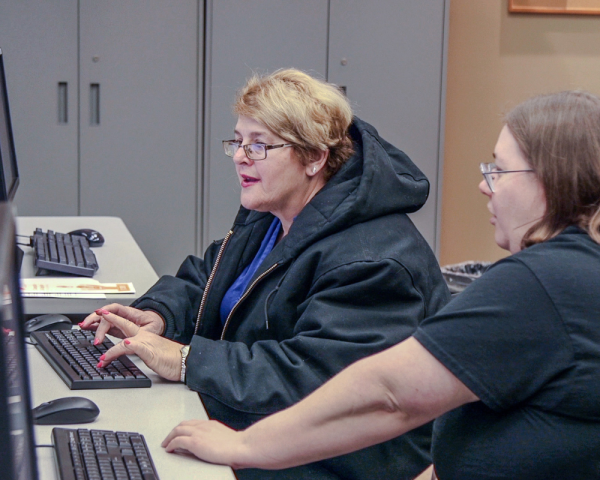

Website Search
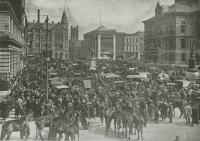
Illustrated Lexington Kentucky contains photographs, demographics, commerce and financial information about Lexington up to 1919.
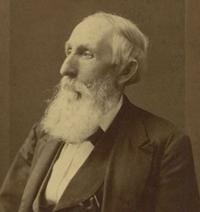

Old Homes of the Blue Grass is a photographic review of historic homes in Kentucky’s Blue Grass region.
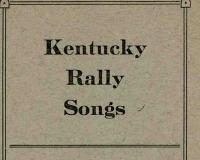
The Kentucky Rally Songs pamphlet contains 42 songs compiled and printed by the state chapter of the Woman’s Christian Temperance Union, to be used at the many gatherings and rallies that they organized in the late 19th and ea
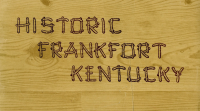
The Kentucky History collection contains Kentucky-related documents not specifically related to Fayette County.
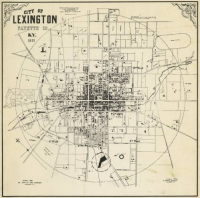
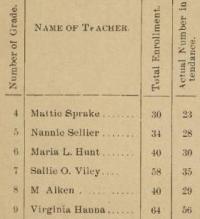
The city reports and ordinances for Lexington contain a wide variety of information about the people, infrastructure, and businesses.
The Lexington Public Library allows access to its records, pursuant to KRS 61.870 to 61.884.
DeLaine Bender, CAE, is the Vice President of AMR Management Services, a Lexington-based association management company serving national and international associations and professional societies. Her responsibilities include marketing and business development, support for new clients, and management of association staff. A career nonprofit executive, she served as Executive Director of several associations before joining the AMR executive team in 2017.
A born-and-raised Lexingtonian, Hunter attended Lexington Catholic High School and graduated with a B.S. in Economics from the University of Kentucky Gatton College of Business and Economics in 2015. He is currently a Senior Associate at BC Wood Properties, a commercial real estate investment company, where he manages 1.8 million square feet of commercial space throughout six states. Hunter has a passion for community involvement, serving on various boards for the Explorium of Lexington, United Way of the Bluegrass, University of Kentucky DanceBlue Marathon, and Make-A-Wish Kentucky.

You can request a "Bag of Books" to access our materials when you're unable to browse in person. Complete this form, and we'll pull up to 10 items that match your specified interests. You can help us locate more items by keeping your requests general.
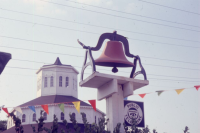
The Fayette County Images contains photographs of Lexington and Fayette County Kentucky.
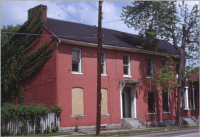
The Dunn Photograph Collection contains images of Lexington, KY taken in the 1960s and 1980s. Keller J.

TeachingBooks is a collection of resources about children's and young adult books, including author and illustrator interviews, video book trailers, audio book readings, book discussion guides, and much more. Provided by the Kentucky Department for Libraries and Archives.

Read the daily electronic edition of the Lexington Herald-Leader. Includes issues from June 8, 2024 to present.
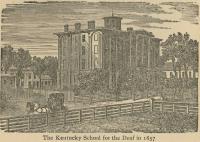
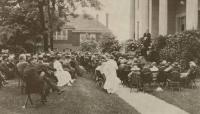
The Hamilton Female College catalogs list the school’s Board of Trustees, faculty, alumnae, graduates that year, directory of students, courses of study, and the members of each department.
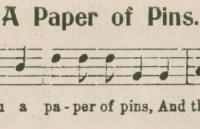
Mountain Ballads for Social Singing contains 15 songs selected for the Vesper Hour gatherings at Berea College.
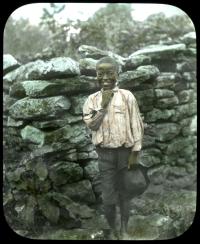
Elmer L. Foote served as official photographer of the Cincinnati Public Library for many years, and produced photographs that appeared in the Cincinnati Commercial Tribune during the early years of the twentieth century.
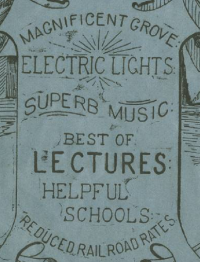
The Kentucky Chautauqua Assembly presented an annual event in Lexington’s Woodland Park with days of programming. Presentations varied from live music and entertainment to lectures and speeches from national figures.
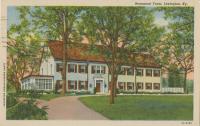
The Kentucky Postcard collection contains images of well-known sites in Central Kentucky, such as Keeneland, Transylvania University, Ashland, and many others.
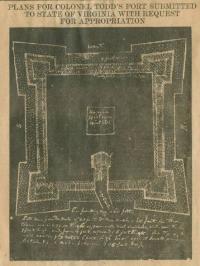
In 1917, the Woman’s Club of Central Kentucky hosted a series of speakers giving historical sketches on people and places of local interest.
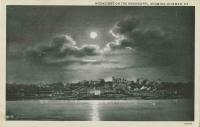
The Knowles Postcard Collection contains images of notable Kentucky locations, such as Ashland, Keeneland, and Mammoth Cave, as well as county courthouses, farms, schools, and many others.
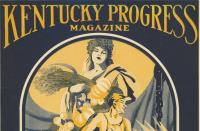
The Kentucky Progress Commission was formed in 1928 in order to draw tourism and business to Kentucky. It was formed by the Kentucky Legislature, and was a 12 person board.





